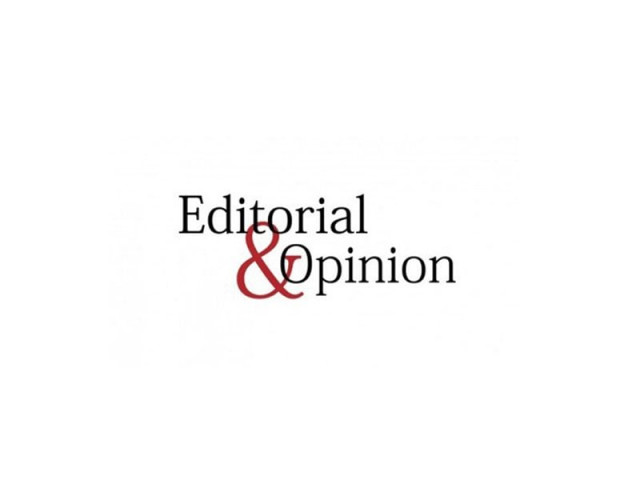Looking through the veil of money
Many leading economists have come to agree that modern economic theory represents triumph of ideology over science

The writer is vice-chancellor of the Pakistan Institute of Development Economics. He holds a PhD in Economics from Stanford University
The QTM itself is a veil that hides the real functions of money in an economy. The Great Depression of 1929 opened the eyes of everyone to the crucial role money plays in the real economy. For a brief period afterwards, Keynesian theories emerged to illuminate the real role of money, and to counteract errors of orthodox economics. Economists believed in the QTM, that money doesn’t matter, and that the free market automatically eliminates unemployment. Keynes started his celebrated book The General Theory of Employment, Interest and Money by asserting that both of these orthodox ideas were wrong. He explained why free markets cannot remove unemployment, and also how money plays a crucial role in creating full employment. He argued that in response to the Depression, the government should expand the money supply, create programmes for employment, undertake expansionary fiscal policy, and run large budget deficits if necessary.
Even after the Depression, free market economists believe that markets work best when left alone, and any type of government intervention would only have harmful effects.
However, it was obvious to all that the massive amount of misery called for urgent action. The QTM was discredited and mainstream economists accepted Keynesian ideas. The US President, Franklin Delano Roosevelt, started his campaign with orthodox promises to balance the budget, but converted to Keynesianism when faced with the severe hardships imposed by the Great Depression. In the 1960s, the aphorism “We are all Keynesians now” became widely accepted.
Free market ideologues like Friedman and Hayek patiently bided their time, while preparing the grounds for a counter-attack. Their opportunity came when stagflation occurred in the 1970s as a result of the Arab oil embargo. They skilfully manipulated public opinion to create the impression that economic problems were due to Keynesian economic theories, and could be resolved by switching to free market policies. The rising influence of free market ideology was reflected in the election of Reagan and Thatcher, who rejected Keynesian doctrines. Milton Friedman repackaged old wine in new bottles, and the QTM went from being a discredited eccentric view to the dominant orthodoxy.
Throughout the world, including Pakistan, monetary policy had been based on the Keynesian idea that money supply should be large enough to create full employment, but not so large as to create inflation. However, monetarists succeeded in persuading many academics and policymakers of the pre-Keynesian ideas — that money only affects prices and has no long-run effects on the real economy. Central bankers were persuaded to abandon the Keynesian idea of using expansionary monetary policy to fight unemployment. Instead, they started to focus on inflation targets.
Forgetting the hard learned lessons of the Great Depression led to The Global Financial Crisis. Excess money creation for speculation led to a boom in housing and stock markets, followed by a crash. Chastened central bankers remembered Keynes and took actions necessary to prevent a collapse of the banking system. A deeper understanding of money could have prevented the Great Recession which followed. The truth is the exact opposite of the QTM idea that money does not affect the real economy. In fact, money plays a central role in the real economy. The mystery of why, even after repeated rejections, an incorrect theory continues to dominate, will be addressed in later articles.
Published in The Express Tribune, April 25th, 2016.
Like Opinion & Editorial on Facebook, follow @ETOpEd on Twitter to receive all updates on all our daily pieces.














COMMENTS
Comments are moderated and generally will be posted if they are on-topic and not abusive.
For more information, please see our Comments FAQ